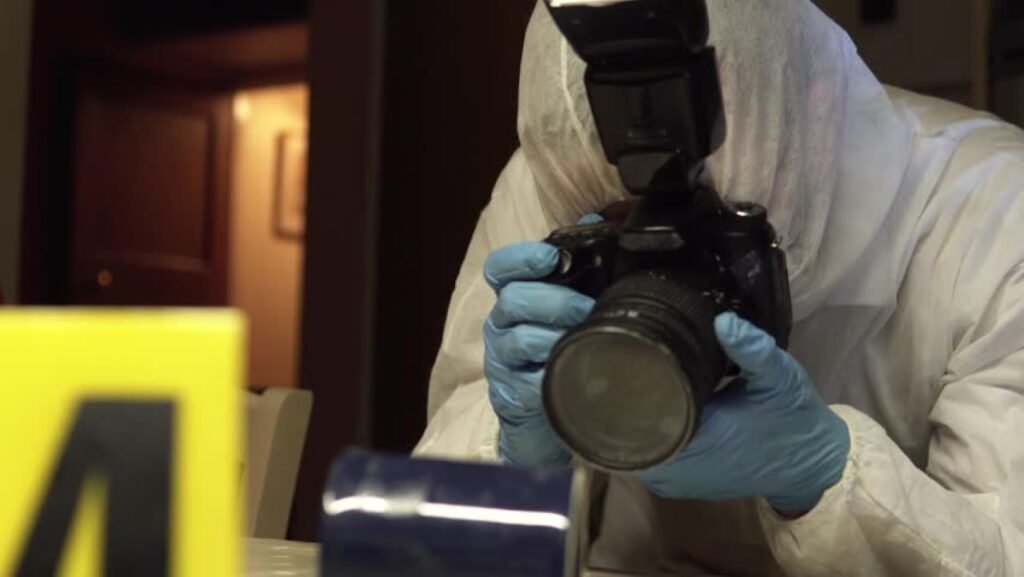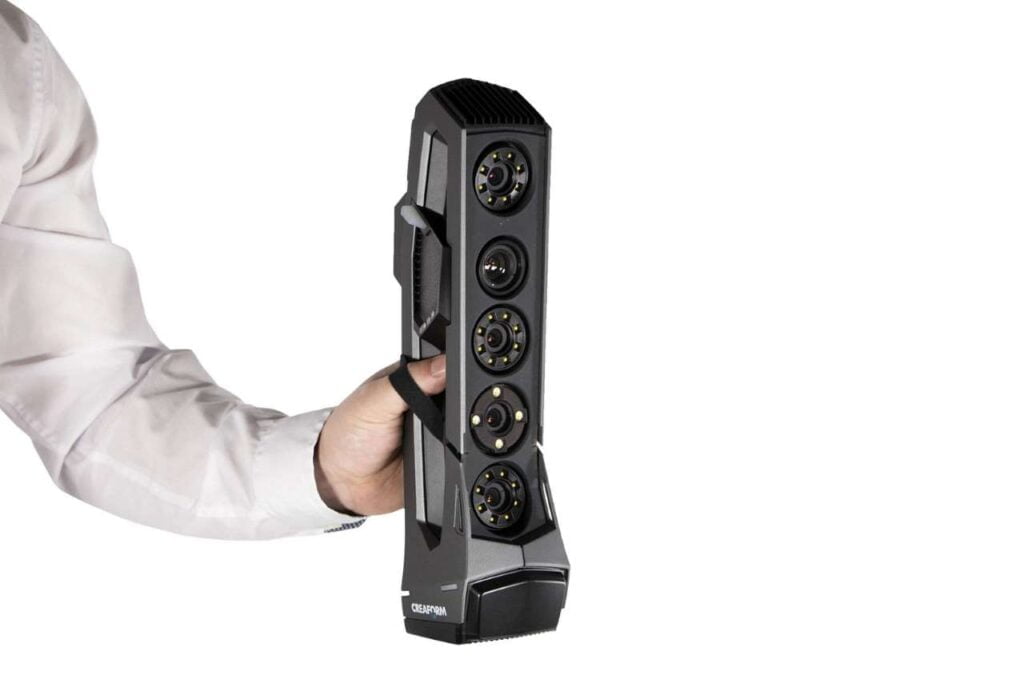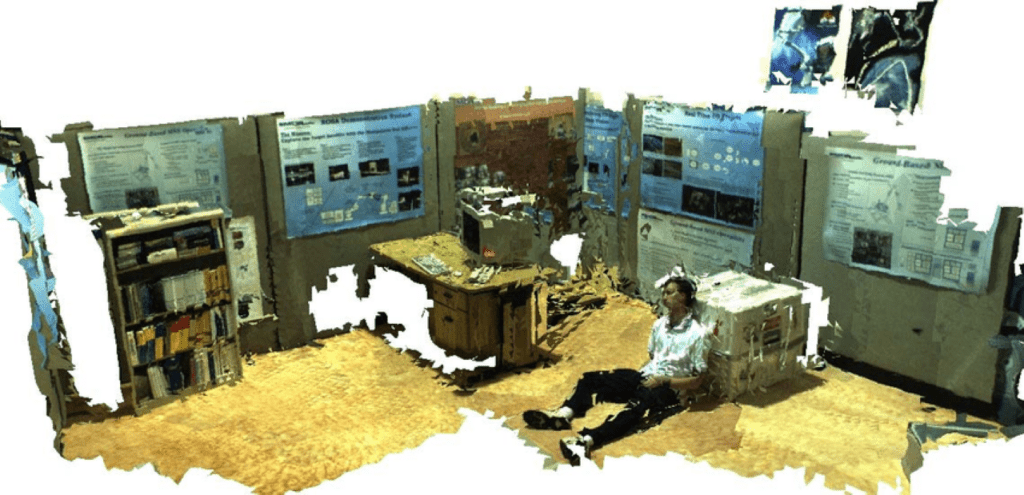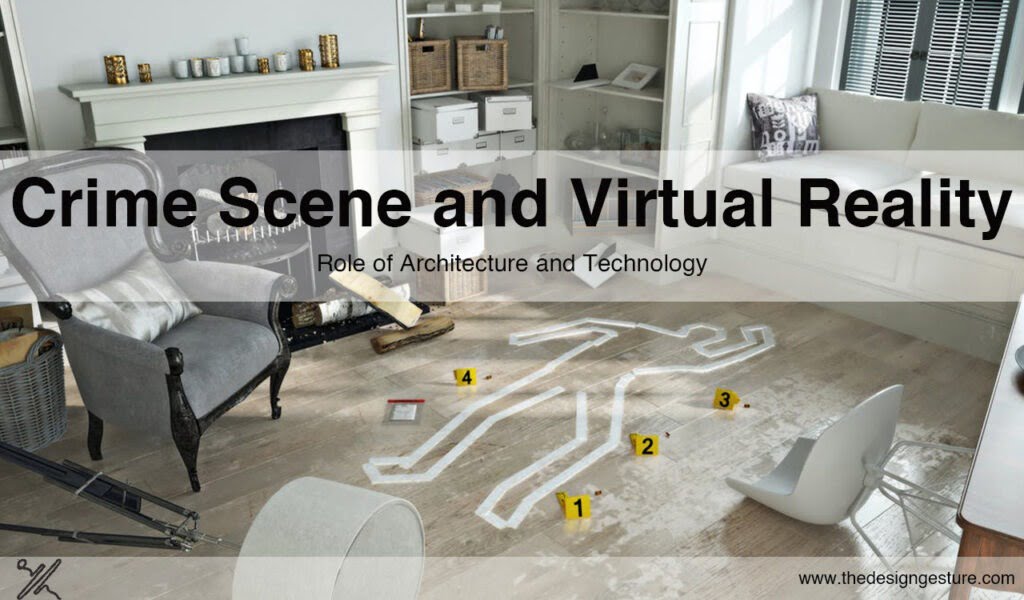Table of Contents
How Crucial Is A Crime Scene
A crime scene is a space itself that inhabits the occurrence of a crime. Thus making it a crucial part of the entire investigation or investigative research. Though it might become cumbersome for one to visit these crime scenes several times during the investigation, which might even be hazardous as it might lead to contamination of the place or displacement of a potentially important piece of evidence. Thus, virtual reality combined with architectural design can tackle this issue. The resultant of which can make investigation clean, accessible, and an easier process.
Crime scene investigations can take several days. There have also been several instances where, because of human error or natural reasons like rain or pet dander, crimes have been reported as unsolved. Such instances have called for newer and improved technologies. Robotics and artificial intelligence have been one such field trying to tackle this issue. Combining the space forming ad space making abilities of architects, people are looking up to virtual reality or augmented reality to virtually inhabit spaces to solve crimes on the go.
Photography: An Important Aspect
Capturing The Aftermath Of A Crime
John Doe is a middle-aged man who was murdered in his own house. The crime scene has pieces of evidence laid all around. Re-visiting this crime spot repeatedly can cause contamination of the pieces of evidence or even displacements from their position that can cause false results. Photography is an important aspect and the primary step taken while observing such a scene.This follows a macro to micro subject photography wherein an overview is taken followed by an individual focus on objects. The inspectors only have a certain degree of movement; thus, a new system is devised.

Laser Technology For Recording Visual Data
Using Point Cloud For Mapping
The crime scene inspector places a low-range laser scanner to take a 3D cloud mapping of the crime scene. For medium and long-range laser scanners, the actual scanning is done by emitting a laser beam towards the surrounding while quickly rotating it up to 360 degrees horizontally and vertically, minus the area of the ground where the scanner is placed. Millions of 3D coordinates of the surface points are computed into a point cloud. With this and the various photographs taken, the software can finally recreate an immersive virtual reality rendering of the crime scene.

UI And Data Storage Abilities
The DurTva VRGUI Technology
One doesn’t need to visit the crime scene repeatedly. We witness the user interacting with the evidence without physically coming into contact with them. The DurTva VRGUI helps in differentiating the goods or confiscated shreds of evidence with blood and other human traces. It is necessary to interact with objects to get a complete idea of how the crime was committed. Thus, by utilizing several cases as research and simulation. These are fed into the software to help render scenes that could be potential outcomes. And since this is an iterative process, the software learns through each simulation.

Sequencing Scenes And Potential Causes
Creating A Narrative By Sifting Through Data
For example, the ability to recreate blood splatter results. Sequences retracing paths help achieve this. Another example would be if the investigator comes across various traces. Because of the data being pre-recorded, one can choose to focus on only one trace and all the potential places the identical trace has been found. Thus, the software sifts through data, making it easier for the user to focus on what one chooses. This helps manage over-information and reduces the chance of over-stimulating the user. The system interface thus helps create various links to support a narrative that might’ve been the potential cause of this crime.

Virtual Reality And What It offers
A Spatial Approach To Crime Scenes
A significant advantage of combining virtual reality and architecture in this case is the ability to live in these virtual spaces in the user’s comfort. Since all it requires is to wear a headset, one can “revisit” the crime scene whenever one feels like it. Another advantage is its ability to shift points of view. Virtual reality in this case helps the inspector witness the crime through the point of view of both the victim and the perpetrator. Not only does this open one up to large amounts of missing or unknown information, it also helps provide justice to those who are victims of lack of information.

This can help in singling out the perpetrator from the group of multiple suspects, while also providing with new possibilities or variables that might’ve been missed out had it been just the physical inspection. Thus, the software not offers the ability to filter out visual information to the user’s requirements, it also acts as a container holding all the data- present and recreated. This also has a large potential to create a new division in architectural studies where spaces can thus be studied based on their potential to become crime zones or even study crime in urban spaces and ways in which one can design cities that provide safety.
A visualization tool for crime scenes and their documentation could be relevant to both prosecutors and CSIs. Regarding prosecutors, their needs, wishes, and challenges regarding the physical crime scene and the visualization of it are quite similar to that of the CIs; they need to visit the crime scene to get a feeling of what has happened, what potential evidence has been found and where. By visualizing a crime scene and its documentation in a holistic and realistic manner, VR can act as a complement to traditional photos and video recordings. By adding features that enable communication and collaboration, VR can add coherency to digital investigational material.




